I read a recent article by nature and wildlife photographer Mark Graf of Graf Nature Photography about meeting a man that said “Nature wasn’t meant to be photographed.” His meaning was that nature is so grand and made up not only of sights, but smells, feelings and sounds that there’s no way a simple photograph could do it justice.
I agree that as a nature and wildlife filmmaker, there’s no way I can capture nature and do it justice. I look at what I do as a catalyst to give people a small glimpse of what nature is all about and hopefully they will be encouraged to seek it out themselves and experience nature in all its glory.
What I really want to talk about today though is about two filmmakers that visited my site and were dissatisfied with the way their footage looked compared to mine.
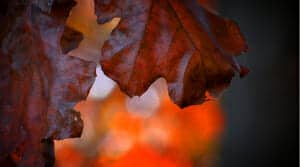
Fall leaves are always a great subject to film
His footage didn’t look anything like mine. In fact, his editors were telling him that the footage was soft.
He wasn’t very happy with the footage that camera was giving him. He didn’t know if it was his camera or his settings. All he knew was that his footage didn’t look anything like mine and he wasn’t happy.
I offered some suggestions based on where I have my camera settings. He made the adjustments and said that it was like a different camera. He was very happy with the footage and his editors stopped complaining that the footage was soft.
Robin in Germany recently picked up a Sony PD170, a successor to one of the first serious video cameras I ever owned the Sony PD150.
He had seen my footage and was hoping to get a similar look with his camera.
While the PD170 is a three chip CCD camera, it only shoots in standard definition. The codec back in the PD170’s day wasn’t all that great either.
While you can control a fair amount of aspects of the camera, you can’t come close to doing what I can do with my PX270. It’s just a limitation of the technology.
You can certainly improve the image in post with your editing software but there’s only so much you can do with a standard definition clip and a so-so codec.
Lee’s fix was easy. He had a camera capable of delivering the goods, he just needed to tweak the camera a bit to get the image he had been after.
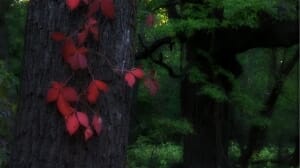
Red leaves stand out in sharp contrast
But here’s some things for Robin to consider. There are plenty of DVD’s sold today that are still standard def. Granted the source video is much higher quality and it is down converted to standard def but it’s still standard def.
Another thing is content is still king. If Robin happens to capture Bigfoot with his camera, do you think people won’t want to show it? He’d be able to name his own price and people would be willing to pay it.
But here’s probably the biggest thing at least I think it is. Robin can document his love of the great outdoors and create fond memories of those experiences. Even the highest megapixel camera on the market today can’t come close to duplicating nature but Robin has something else, a secret weapon that he can use with his footage and that is his mind.
As we grow older, we tend to forget the nuances of things we encounter, even something as breathtaking as incredible as the Lower Falls in Yellowstone. Looking back at a trip to Yellowstone or Glacier National Park filmed with my PD150 brings everything back in focus and I am able to relive those great experiences in nature. To me, that is a greater gift than any video camera can produce.
Here’s one of my first films shot on my trusty Sony PD150. It pales in comparison to my Panasonic AJ-PX270 but back in the day, it was really something!
So what is it that you feel hinders you from being the nature and wildlife filmmaker you want to be? Leave a comment below and lets talk about it!
And as always, shoot the ordinary and make it extraordinary!


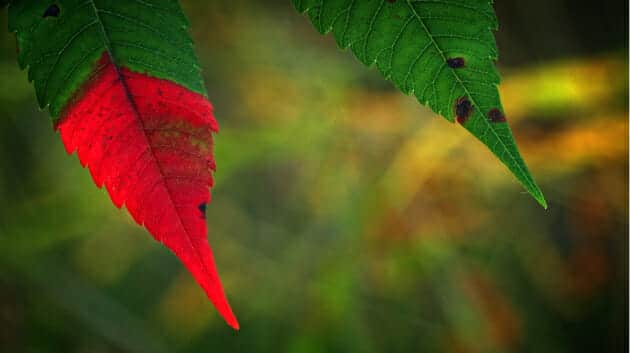

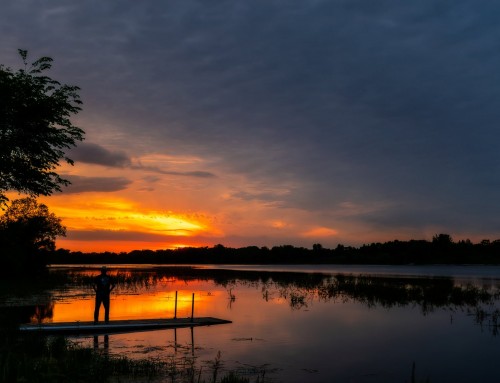
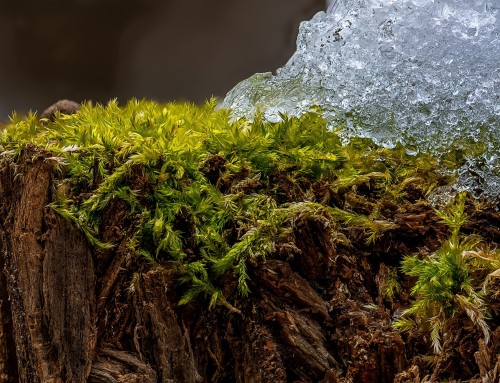


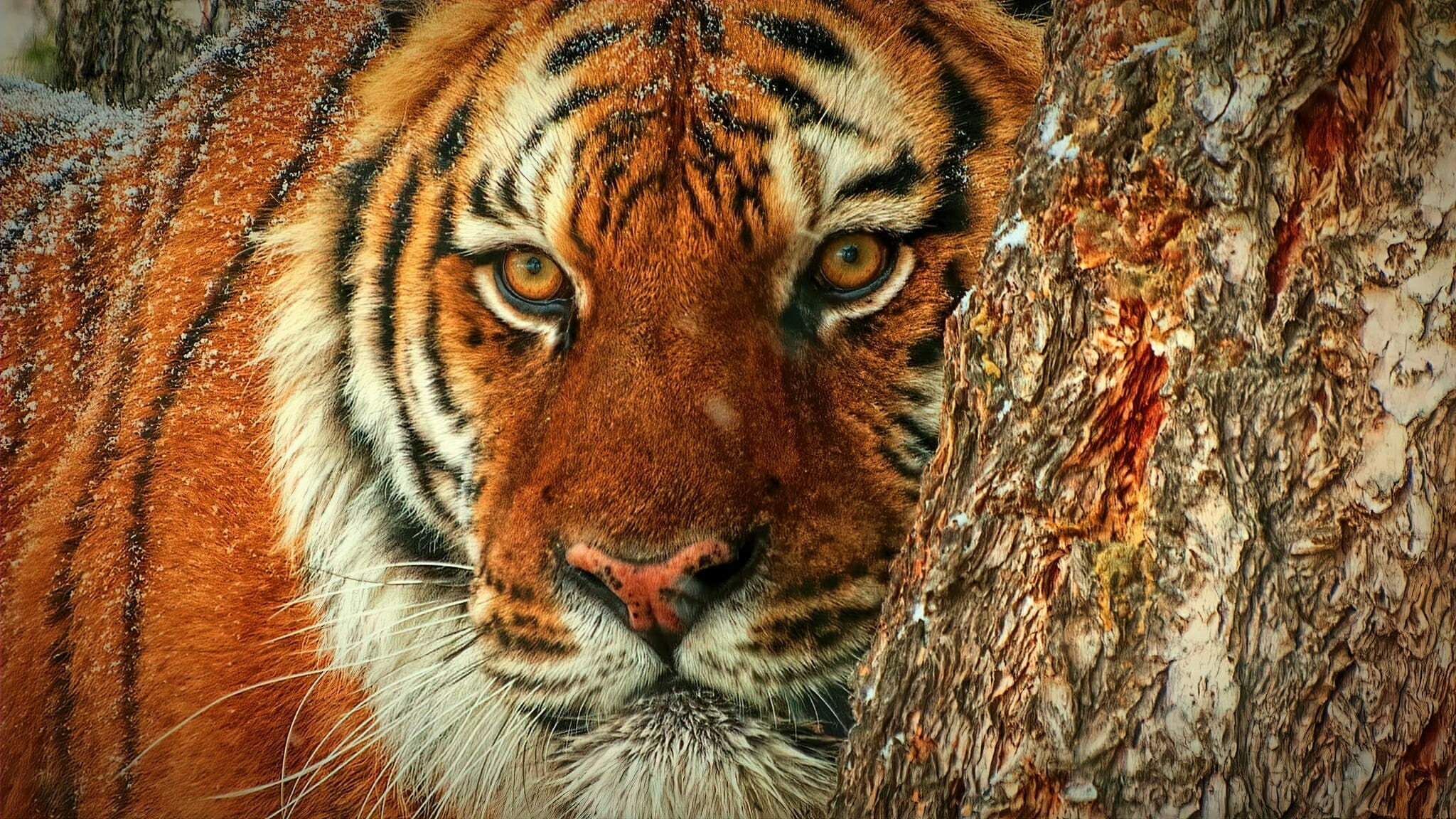
Kevin, I love your closing question … what do you feel hinders you from being the nature and wildlife filmmaker you want to be? It’s an important question because even though it begs an answer about limitations, a limitation, once revealed can obviously be challenged or overcome.
Although I identify with still photography as an amateur, my first response would be two things (of my own making): access and time. Those terms encapsulate the idea that I’m not engaging my creative passion in a more plodding and purposeful way — and have allowed other realities to take precedence over a life that could, indeed, lead to more access and time to create better pictures and fine-tune the craft.
I don’t know if that’s a cop out of a reply or an honest assessment that will eventually lead to a personal epiphany. Either way, I appreciate this moment to contemplate the notion.
Ultimately, what remains for me, regardless of what images I acquire, is exactly what you write: the memories and nuances I wouldn’t have otherwise experienced had I not ventured into that field with my camera. Deciding to pick up a camera and appreciate wildlife through the lens, was the single most formative creative act of my previous two decades. I’m sure many relate to that concept.
Ingrid,
I’m so glad we’ve discovered each others blog as well as others like Graf Photo.
I’ll have to write up a blog post about your latest post.
I wrote a post about sharing what I filmed with others https://naturephotostudios.com/nature-wildlife-filmmaking-strangers-come-calling/
But it’s nothing like what you wrote about in yours. I’ll make sure to point people in your direction because it’s a great read although a sad read as well.
Tim is certainly my greatest challenge. Just not enough of it. I work so much that I typically have only two days a month that I can go out before sunrise to shoot. Otherwise I have about an hour in the afternoon before sunset. Not much free time there to really do what I want to do.
So I may not get a lot of footage shot but just being in nature if only for a few minutes is better than sitting in front of a TV watching mindless reality shows.
Hopefully we can both find solutions in the near future and not only spend more time in nature but come away with some great imagery as well!
Kevin, sorry for my late return to this space. That seems to the be nature of modern interaction, doesn’t it, despite the instantaneous expectations. There’s so much to process in our worlds now, it takes a while to circle back around again.
I love the post you directed me to here. I relate to the mixed emotions although not nearly as strongly as the ones expressed by the original writer. I used to feel it more, early on, when I had fewer images and fewer experiences … even though I still enjoyed sharing the setting.
I suppose some or most of us eventually come around to the perspective you had innately … and I think that’s a productive place to be. After all, we’re visible and approachable emissaries for the things in nature we love and care about. And what better way to generate interest than to engage someone in your process.
I need to invite more people to look into the LCD, that’s a great idea. Birders often show people their visuals through the scope, I don’t do it as often with my camera, relying instead on the words we exchange. But the visual is powerful in achieving those ends.
Lastly, you wrote, “an Emmy award winning production company once said they wanted to know how I took the ordinary and made it extraordinary.” I can’t remember if this came up in any of our previous exchanges, but your words reminded me of my favorite Bill Moyers quote: “Creativity is piercing the mundane to fine the marvelous.” The people who encounter you along the way are so fortunate to be invited to do the same — to find that marvelous.
Hi Kevin, thanks for putting up this video, it is almost exactly like what I am getting from my PD170. Nothing at all like the stuff you are shooting. I thought that stepping up from consumer to prosumer mode would produce a better result, but it looks like I stepped up from one dinosaur to a newer dinosaur. Looking at the film makes me realize how dumb the questions were that I asked you threw email. Not sure what I can do to improve the situation, as funds are just not what they used to be. I guess try to perk it with Premiere Pro CC and just hope for the best. Anyway thanks for a great post. Your web site is a “treasure” of information for me.
Robin,
Glad you stopped in! Thanks for the comment!
I’m glad I was able to find that old Sony PD150 footage. Your 170 is an upgrade so your footage should be a tad better.
You have to remember that the 170 was hot stuff when it was in its prime. There was no HD back then and I was blown away by the footage my 150 shot.
The thing that you have to remember is that filmmaking is about the experience and the memories.
Even my camera pales in comparison to the real thing. So I just my films as a trigger to the memories I’ve stored in my head and don’t worry so much about trying to duplicate nature exactly.
The footage I have here from my 150 isn’t color corrected or anything in post. I’m guessing if I played around with it in Final Cut Pro, the results would be better.